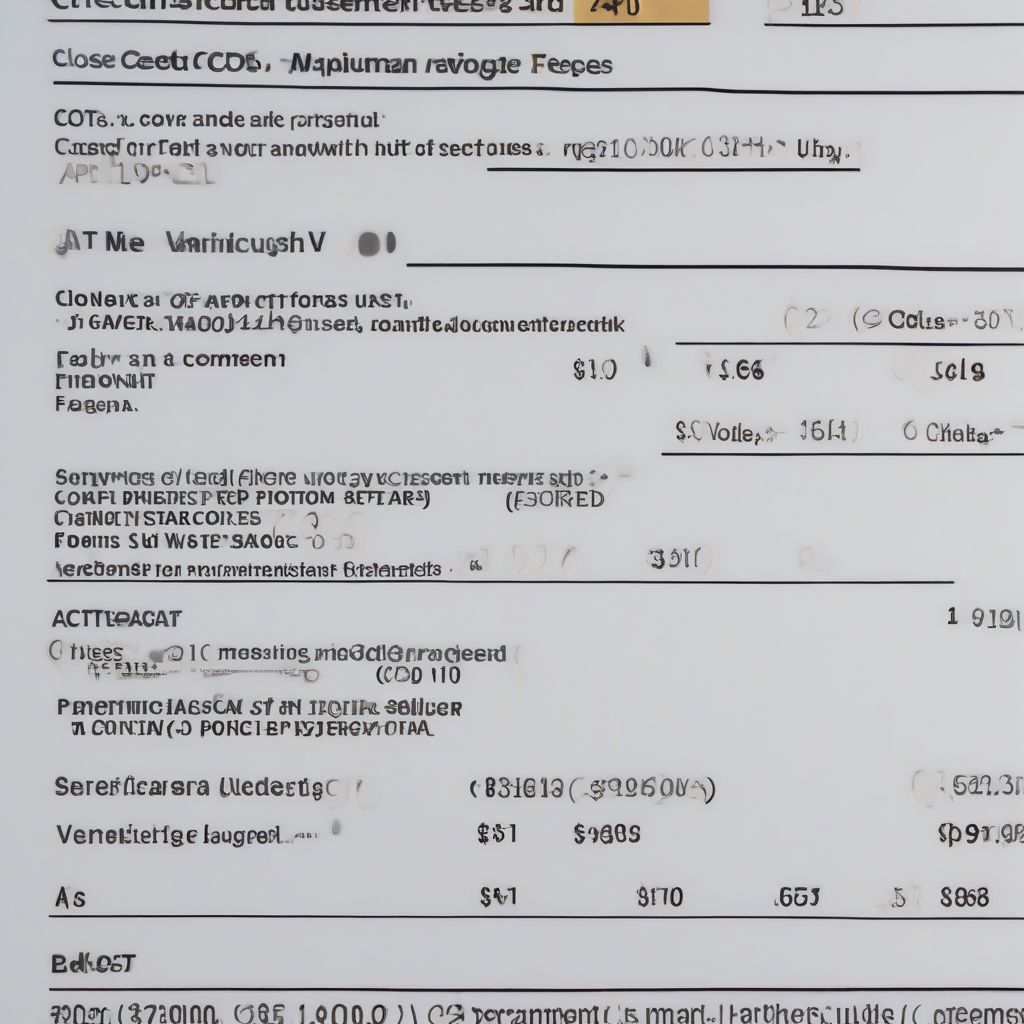Running a business in today’s digital age almost certainly means accepting credit card payments. While convenient, this service comes with a cost: credit card processing fees. Understanding how to account for these fees, especially when passed on to customers, is crucial for maintaining accurate financial records and complying with tax regulations.
What are Credit Card Processing Fees Charged to Customers?
Simply put, these are fees that businesses add to a transaction to offset the charges levied by credit card companies and payment processors. These fees cover the costs associated with processing the transaction, fraud prevention, and other services.
Common Types of Credit Card Processing Fees:
- Interchange fees: These are paid to the card-issuing bank and make up the bulk of the processing fee.
- Assessment fees: These are charged by the credit card network (Visa, Mastercard, etc.).
- Processor markup: This is the fee charged by your payment processor for their service.
Why Charge Customers Credit Card Processing Fees?
While some businesses absorb these costs, others choose to pass them on to customers who choose to pay with credit cards. This approach can help:
- Recover processing expenses: Directly offset the cost of accepting credit card payments.
- Maintain profitability: Especially important for businesses with tight margins.
- Encourage alternative payment methods: Offer incentives for customers to use cash, debit cards, or other payment options with lower fees.
Accounting for Credit Card Processing Fees
How you account for these fees depends on whether you use the gross or net method of accounting.
1. Gross Method
- Recording the Sale: Record the full sale amount as revenue.
- Recording the Fee: Record the processing fee as a separate expense.
Example: A customer purchases $100 worth of goods, with a 3% credit card processing fee charged to the customer.
- Revenue: $100
- Expense: $3 (credit card processing fee)
- Net Income: $97
2. Net Method
- Recording the Sale: Record the net amount received (sale amount minus the processing fee) as revenue.
- No Separate Expense Entry: The processing fee is already factored into the net revenue.
Example: Using the same scenario above:
- Revenue: $97 (net amount received)
Legal and Ethical Considerations
- Transparency is Key: Clearly disclose to customers that you charge a credit card processing fee and how it is calculated.
- State Laws: Research and comply with any regulations in your state regarding surcharging for credit card payments.
- Card Network Rules: Adhere to the rules set by credit card companies regarding surcharging.
aodaicoba.vn/wp-content/uploads/2024/08/credit-card-statement-66b6e1.jpg" alt="Credit Card Statement" width="1024" height="1024">Credit Card Statement
FAQs about Credit Card Processing Fees Charged to Customers:
- Is it legal to charge customers a credit card processing fee? Yes, in most states, it is legal as long as you follow disclosure guidelines and comply with card network rules.
- How much can I charge in credit card processing fees? This varies by state and card network. Generally, it’s between 2-4% of the transaction amount.
- What should I call this fee on my receipts? Common terms include “credit card processing fee,” “payment processing fee,” or “convenience fee.”
Conclusion
Understanding how to account for credit card processing fees when charged to customers is essential for maintaining financial transparency and compliance. By selecting the accounting method that best suits your business and adhering to legal and ethical considerations, you can navigate this aspect of accepting credit card payments with confidence.
Have further questions about credit card processing or other business accounting needs? Share your thoughts and questions in the comments below!
